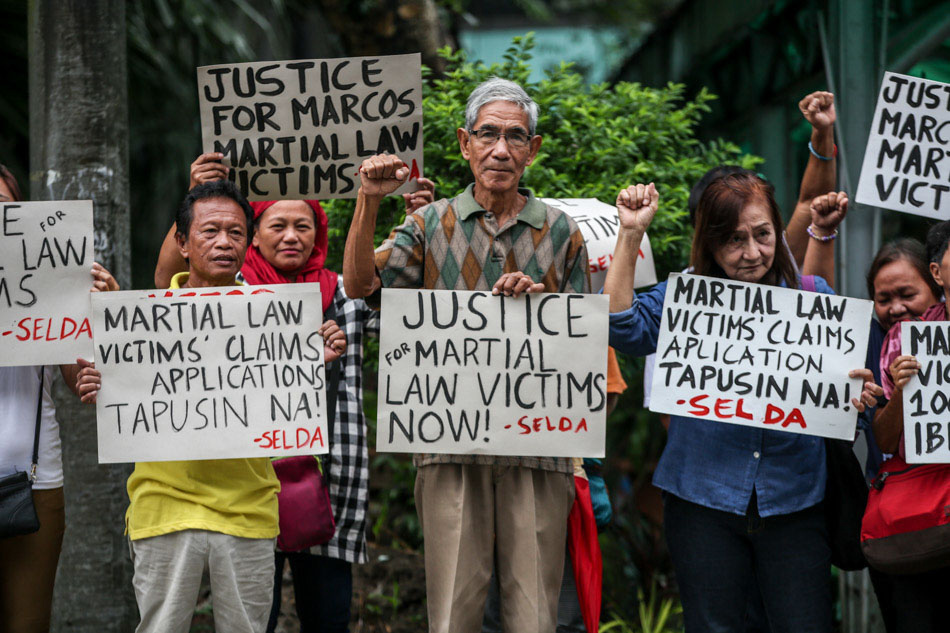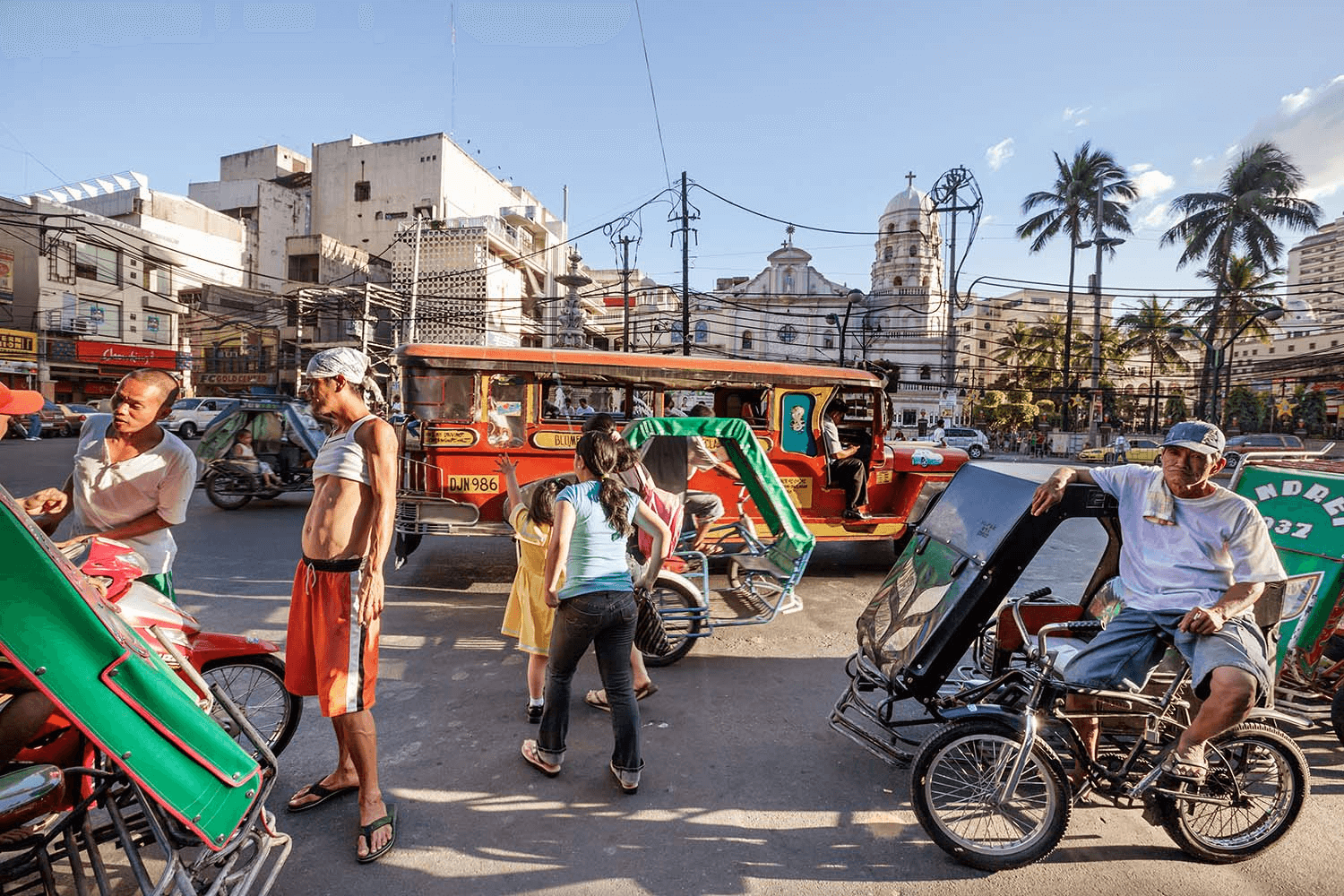The victims of martial law in the Philippines include political dissidents, journalists, student activists, ordinary citizens, and various ethnic and religious minorities.

Historical Context
Understanding the martial law period in the Philippines necessitates diving deep into its historical roots. This context provides a clearer image of the events leading up to and surrounding the martial law declaration, as well as its aftermath.
Timeline of Martial Law
- September 21, 1972: President Ferdinand Marcos officially declares Martial Law, citing communist rebellion as a primary reason.
- 1973: The 1973 Constitution is ratified, allowing Marcos to rule by presidential decree and consolidate his power.
- 1978: Marcos’ political party, Kilusang Bagong Lipunan (KBL), wins all the seats in the Interim Batasang Pambansa (IBP) elections.
- 1983: Assassination of Benigno “Ninoy” Aquino Jr., a leading opposition figure, sparking nationwide protests.
- 1986: People Power Revolution; Marcos is ousted and Corazon Aquino assumes the presidency.
Key Figures Involved
- Ferdinand Marcos: The 10th president of the Philippines, who declared Martial Law and ruled as a dictator until 1986.
- Imelda Marcos: Ferdinand’s wife and First Lady, known for her extravagant lifestyle amidst the nation’s suffering.
- Benigno “Ninoy” Aquino Jr.: Opposition senator and leading critic of Marcos. His assassination in 1983 ignited massive protests.
- Corazon “Cory” Aquino: Ninoy’s widow, who eventually became the 11th president of the Philippines after the People Power Revolution.
Legislation and Policies
- Proclamation No. 1081: The official declaration of martial law, giving Marcos sweeping powers.
- 1973 Constitution: Allowed Marcos to rule by presidential decree and removed the term limits for the presidency.
- Presidential Decree No. 1017: Gave the military power to enforce law and order, leading to widespread human rights violations.
- Presidential Decree No. 1835: Made dissent and criticism against the Marcos regime punishable by death.
Types of Victims
The tragedy of martial law in the Philippines affected various sectors of society, each experiencing its unique form of repression and human rights violations. To understand the far-reaching impact of this dark period, it’s crucial to identify the diverse victim profiles.
Political Dissidents
- Opposition Leaders: Individuals like Benigno “Ninoy” Aquino Jr. faced imprisonment or, worse, assassination for their outspoken criticism of the regime.
- Communists and Leftists: People accused of communist ties or activities were hunted down, arrested, and often tortured.
- Trade Union Leaders: Activists fighting for workers’ rights were frequently targeted for arrest and persecution.
Journalists and Media Personalities
- Newspaper Editors: Editors of publications critical of the Marcos administration faced closure of their operations or arrest.
- Radio Hosts: Several radio commentators lost their jobs, were arrested, or were forced to broadcast government propaganda.
- Television Anchors: Prominent TV figures who criticized the government were often taken off the air and faced professional blacklisting.
Ordinary Citizens
- Farmers: Many rural communities, suspected of harboring communist rebels, faced military operations that resulted in extrajudicial killings and forced disappearances.
- Urban Poor: Subjected to demolition of homes and livelihoods as part of the regime’s “beautification” projects.
- Fishermen: Impacted by policies that favored industrial fishing operations, often leading to arrest if they protested against these policies.

Ethnic and Religious Minorities
- Muslim Filipinos: Particularly in Mindanao, Muslims faced discrimination and were often subjected to military abuse.
- Indigenous Peoples: Subject to forced relocations and cultural erosion due to militarization of their ancestral lands.
Student Activists
- University Leaders: Student council members and activist leaders were commonly arrested and accused of subversion.
- Youth Organizations: Groups advocating for educational reform or social justice often found themselves the target of military surveillance and intimidation.
Human Rights Violations
The term “human rights violations” often evokes images of extreme cruelty and injustice, which are painfully accurate when discussing the martial law period in the Philippines. From the imprisonment of tens of thousands of Filipinos to the torture and murder of countless others, the regime orchestrated a wide range of atrocities. Let’s delve into some of the most egregious forms of human rights abuses perpetrated during this era.
Torture
- Waterboarding and Electric Shocks: These were commonly used interrogation techniques on political prisoners.
- Sexual Abuse: Female detainees faced sexual violence, including rape, as a method of intimidation and humiliation.
- Physical Mutilation: Some prisoners had their fingernails pulled out or were burned with cigarettes.

Forced Disappearances
- Nighttime Abductions: Many Filipinos were abducted from their homes in the middle of the night, never to be seen again.
- “Salvaging”: A term used locally to describe the discovery of unidentified corpses, usually of those kidnapped and murdered.
- Desaparecidos: The Filipino term for the disappeared, who were often activists or critics of the government.
Extrajudicial Killings
- Ambushes and Sniper Attacks: Assassinations were a common practice against high-profile targets like politicians and journalists.
- Massacres: In villages suspected of harboring rebels, the military executed mass killings of civilians, including women and children.
Geographical Areas Most Affected
Martial law’s grim shadow loomed not just over a particular class or community but across various geographical landscapes of the Philippines. The intensity and nature of the human rights violations differed from region to region, shaped by various factors such as local resistance, military presence, and strategic importance. Here are some of the geographical areas most impacted by the martial law era.
Manila
- University Belt: Areas around educational institutions like the University of the Philippines and Ateneo de Manila became hotspots for student activism and consequently, military crackdowns.
- Slum Areas: In places like Tondo, government forces conducted raids that led to mass arrests and often, violent confrontations.
- Media Outlets: Being the country’s capital, most media agencies were based in Manila and were among the first to face censorship and shutdown.

Mindanao
- Rural Villages: Remote areas in Mindanao, especially those suspected of harboring rebels, were subjected to military operations, which often resulted in civilian casualties.
- Muslim Communities: Mindanao, being home to a significant Muslim population, saw discriminatory policies and actions, including massacres and forced relocations.
- Resource-Rich Areas: Locations with valuable natural resources saw a significant military presence, often leading to the exploitation of local communities.
Visayas
- Fishing Communities: Policies favoring large industrial fishing led to conflicts in small fishing communities, especially in the Visayan islands.
- Mountainous Regions: Areas like the Negros islands, known for their hilly terrains, became bases for rebel groups and subsequently faced intense military scrutiny.
- Urban Centers: Cities like Cebu faced a different kind of repression with increased police presence, curfews, and the monitoring of educational institutions.
Psychological Impact on Victims
However, these mental and emotional wounds can be just as debilitating and long-lasting. From trauma to societal ostracization, the mental health consequences of this dark era are numerous and pervasive.
Trauma and Mental Health Issues
- Post-Traumatic Stress Disorder (PTSD): Many survivors develop PTSD, marked by flashbacks, severe anxiety, and uncontrollable thoughts about the event.
- Depression and Anxiety: Prolonged exposure to threats, violence, and instability leads to high levels of depression and anxiety disorders.
- Survivor’s Guilt: Individuals who escaped imprisonment or torture often experience guilt for having survived while others did not.
Family and Community Impact
- Broken Families: Arrests, disappearances, and killings left many families without their primary breadwinners, causing emotional and psychological strain.
- Trust Issues: The fear of informants within communities led to a breakdown in trust among neighbors, friends, and even family members.
- Stigmatization: Families of detainees or those killed often faced social ostracization, leading to a cycle of intergenerational trauma.
Legal Repercussions
The issue of accountability for human rights abuses during martial law remains a contentious topic. The legal repercussions unfold in various spheres, ranging from national trials to international human rights assessments.
Trials and Convictions
- Imelda Marcos: Although not directly related to martial law abuses, Imelda faced various charges, including corruption, but has largely evaded serious punishment.
- Military and Police Officials: A few low-ranking officers faced trial, but most high-ranking officials escaped justice.
- Civil Lawsuits: Some victims or their families have sought justice through civil courts, with varying degrees of success.
Compensation and Reparations
- Human Rights Victims Compensation Act: This act aimed to provide monetary compensation to martial law victims, but many criticize it for being insufficient and sluggish in implementation.
- Land Restitution: Few cases exist where land seized during martial law was returned to its original owners.
- Memorialization: Efforts like museums and memorial days exist but are often seen as inadequate in addressing the gravity of the abuses.
International Human Rights Law
- Universal Jurisdiction: Some countries have laws that allow for the prosecution of human rights abuses committed elsewhere, offering a potential avenue for justice.
- United Nations Involvement: Various UN bodies have critiqued the Philippines for its lack of accountability regarding martial law atrocities.
- International Sanctions: Though not widespread, some countries imposed sanctions against the Philippines during and after the martial law period, targeting specific individuals and sectors.